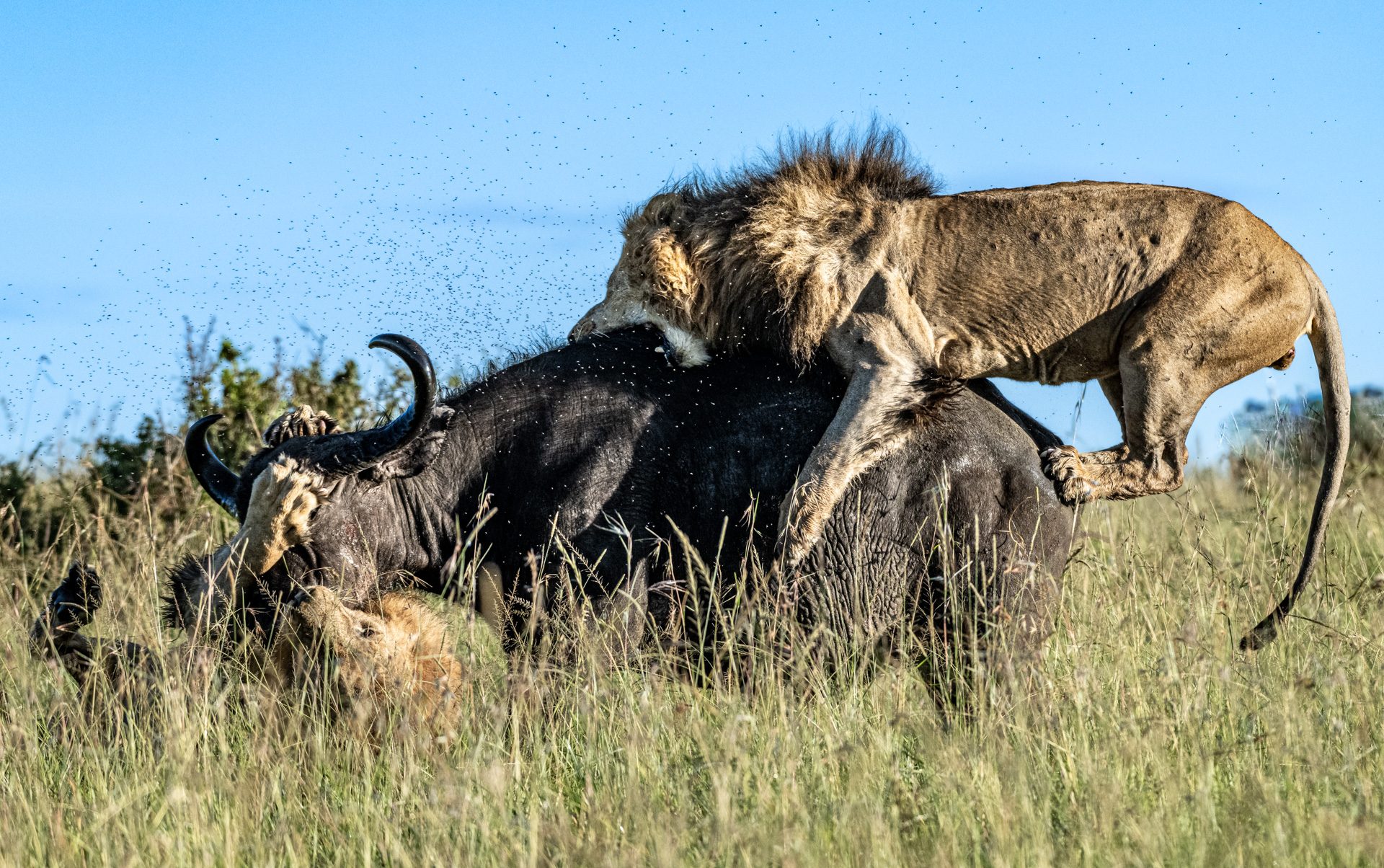
This week, I had the chance to venture outside the Mara Triangle on a few occasions, across the bridge into the Greater Mara National Reserve. The same park ticket gives you access to both, which make up the Greater Mara ecosystem, an area of approximately 1 510 square km first established in 1961. More than 40% of Africa’s larger mammals can be found here and it is known for being among the highest concentration of wild animals in the world.
The rain continues to come, leading to lush green vegetation which in turn attracts plenty of prey species. Despite the rains, controlled burning is still ongoing so that fresh grass continues to grow. We have seen massive herds of buffalo and elephant move through the landscape. It is rare to see the movement of animals of this size and number, flow like water.
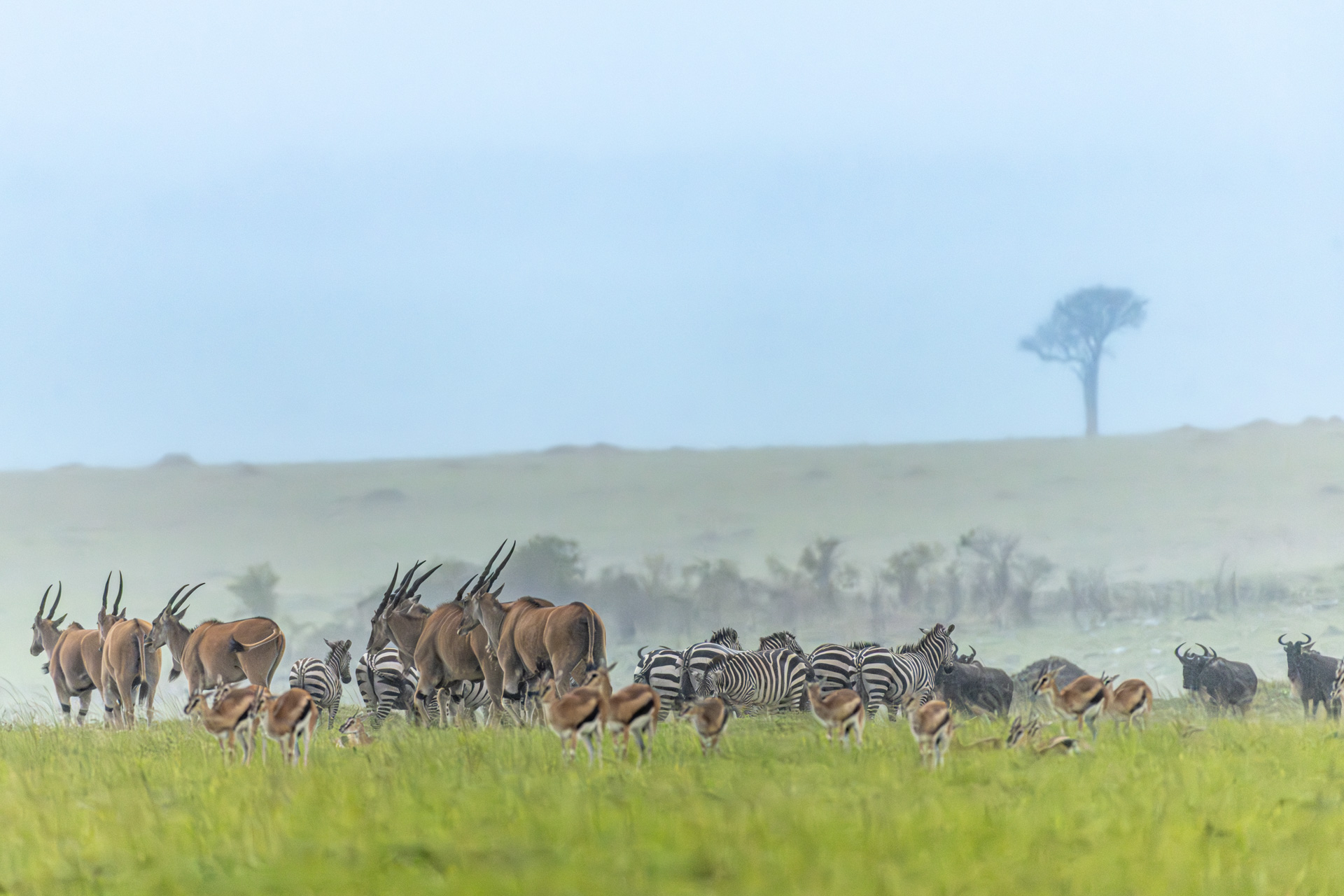
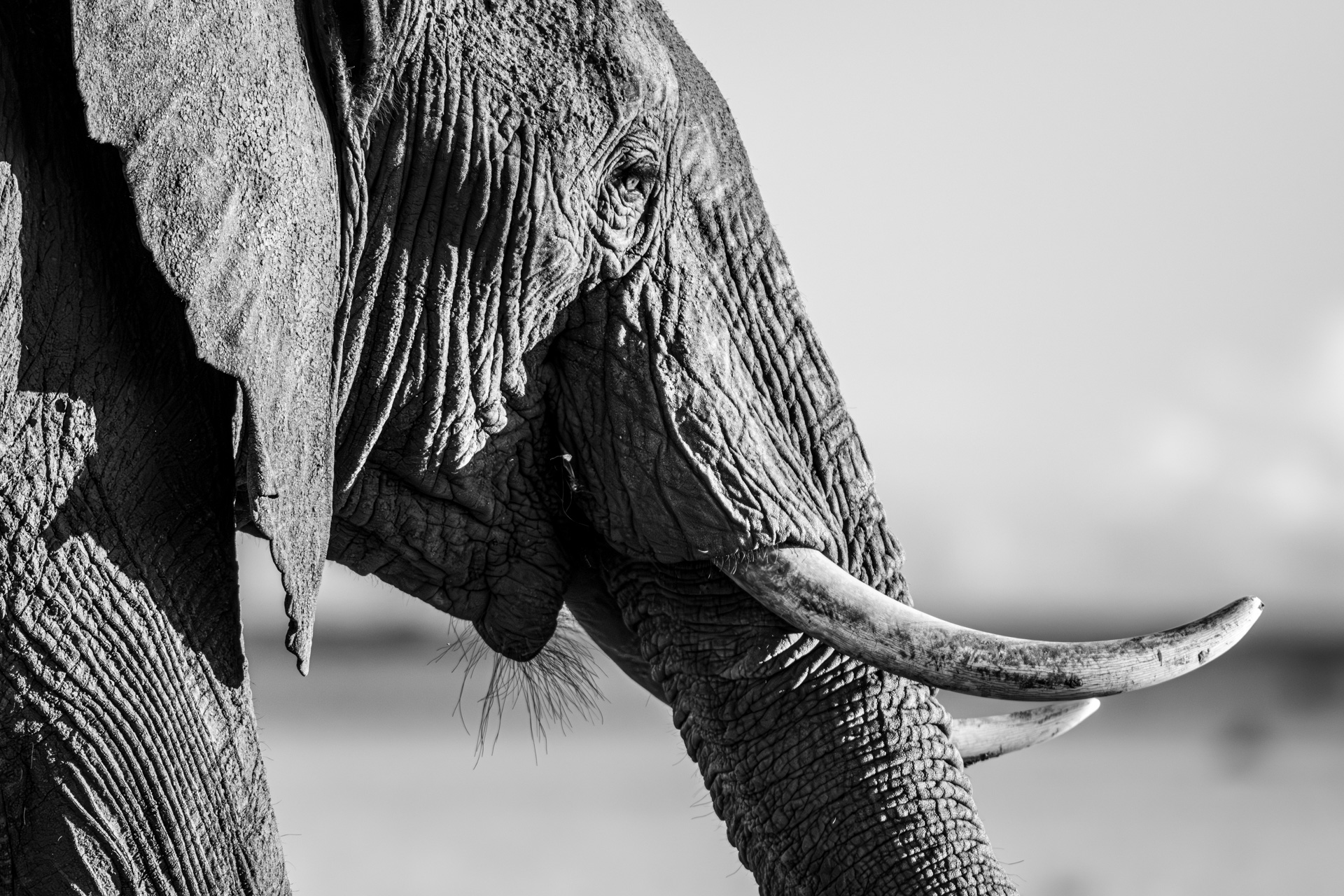
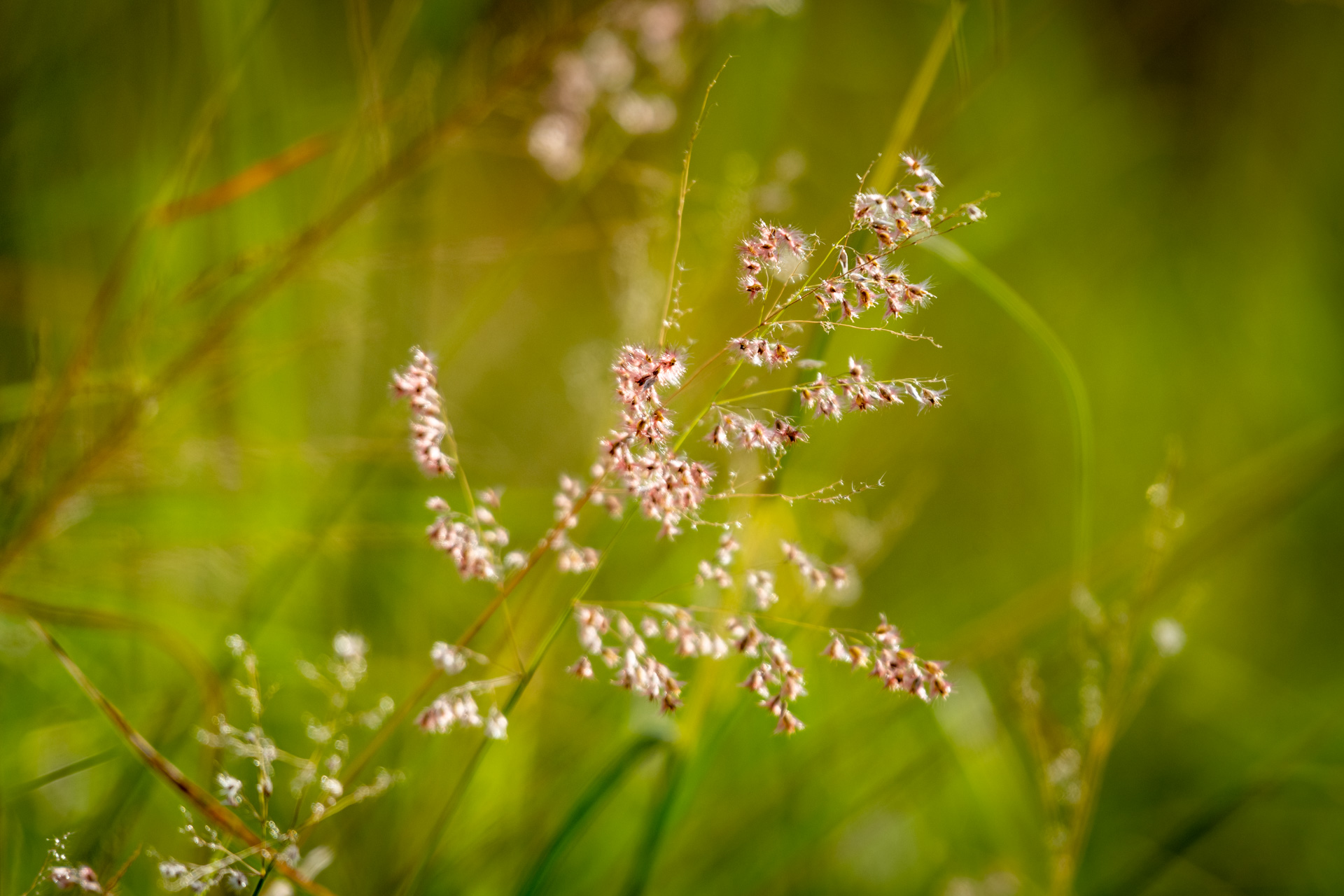
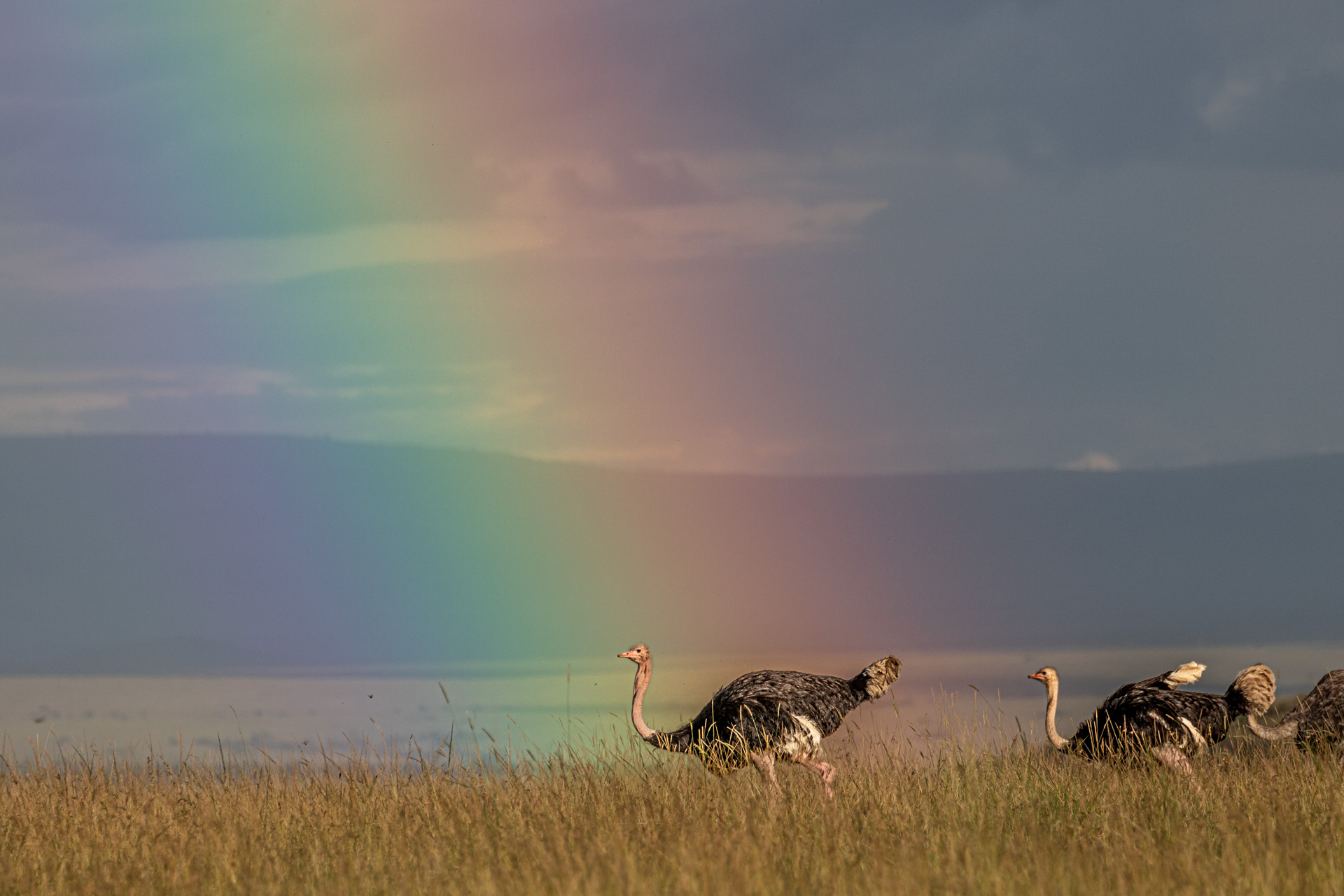
Early in the week, we ran into several lions not far from the Maji ya Fisi area while exploring the Greater Reserve. This was the Rongai Pride with their young. Closest to us was a female with two playful cubs not more than a few months old. They were full of energy as they climbed on their mom and chased each other. The fathers of these cubs are the Black Rock boys, whom I would have an exciting sighting with the very next day.
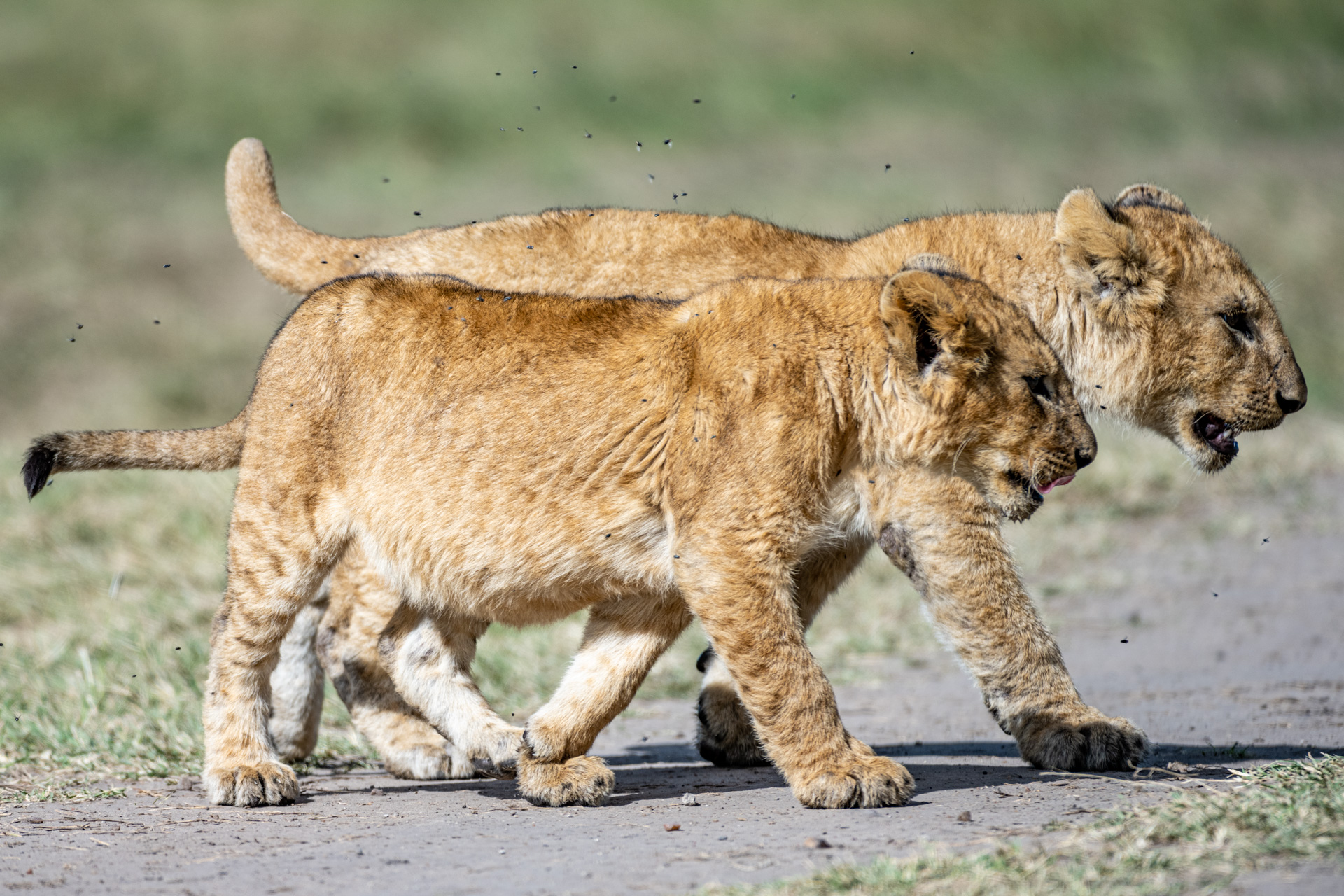

We came across the Black Rock boys and two of them were slowly stalking a large group of grazing buffalo in the morning. The territory of this coalition of four is the aforementioned Maji ya Fisi and Rongai River / Hammerkop area. Their dark manes, a sign of maturity, stood out against the grass as they were ruffled by the wind. Their eyes were fixed on a heavily pregnant buffalo, moving in perfect sync, fluid and silent. Once the buffalo sensed danger it began to charge one of the males but was surrounded from both sides. The experienced and fearless lion stood its ground and at the very last second darted to one side like a Spanish bull-fighter. It instinctively went for the throat of the animal using its momentum. Then, within seconds, the other male leaped several metres into the air and onto the back of the buffalo bringing it down.
Despite her valiant efforts, the buffalo’s strength faded. With ferocious snarls, the lions savoured the meat that will sustain them and many other lions and scavengers. As we waited, the remaining two brothers appeared out of the long grass, one patiently waiting as the other three ate. We were told that eventually, the Rongai Pride, which were not far, had their chance to feed on the buffalo and then later, the vultures and hyenas.
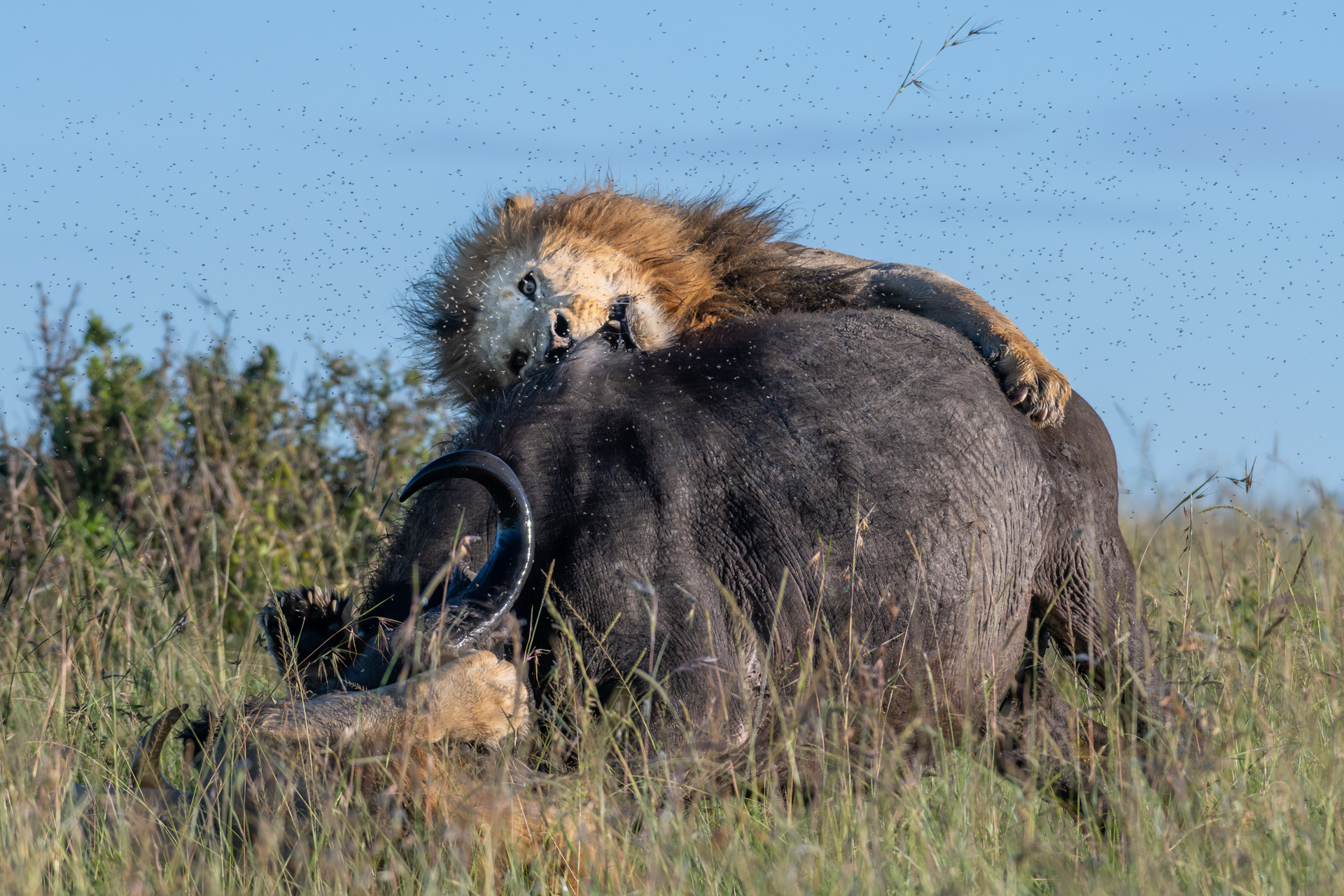

It was so great to hear Robert's report of Risasi being back in the Triangle with her two sons in last week's blog as cheetahs have one of the toughest existences in the Mara. While on the other side of the Mara River, I saw one older female cheetah (11 years old) called Nora that was on the way to where the Black Rock boys were. She was slowly moving and scouting the environment when we found her. This was the first time I had seen this cheetah and was happy to spend some time with her. A few days later, I spotted a male that has been seen around the Oloololo Gate area not far from Angama. It was late in the evening and he was slowly stalking a group of topi. There are no fences in the reserve and he eventually crossed over outside the park in search of food.
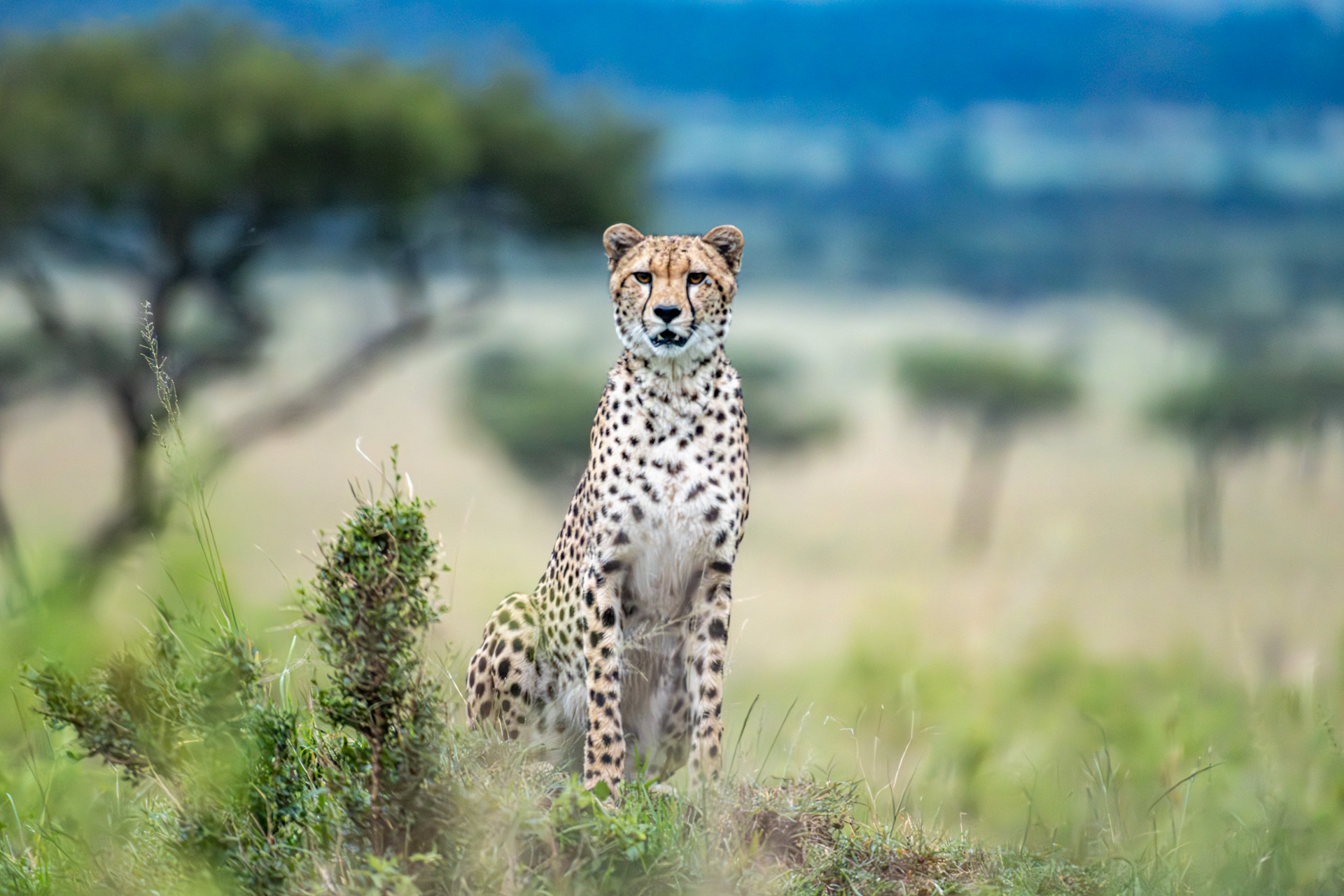
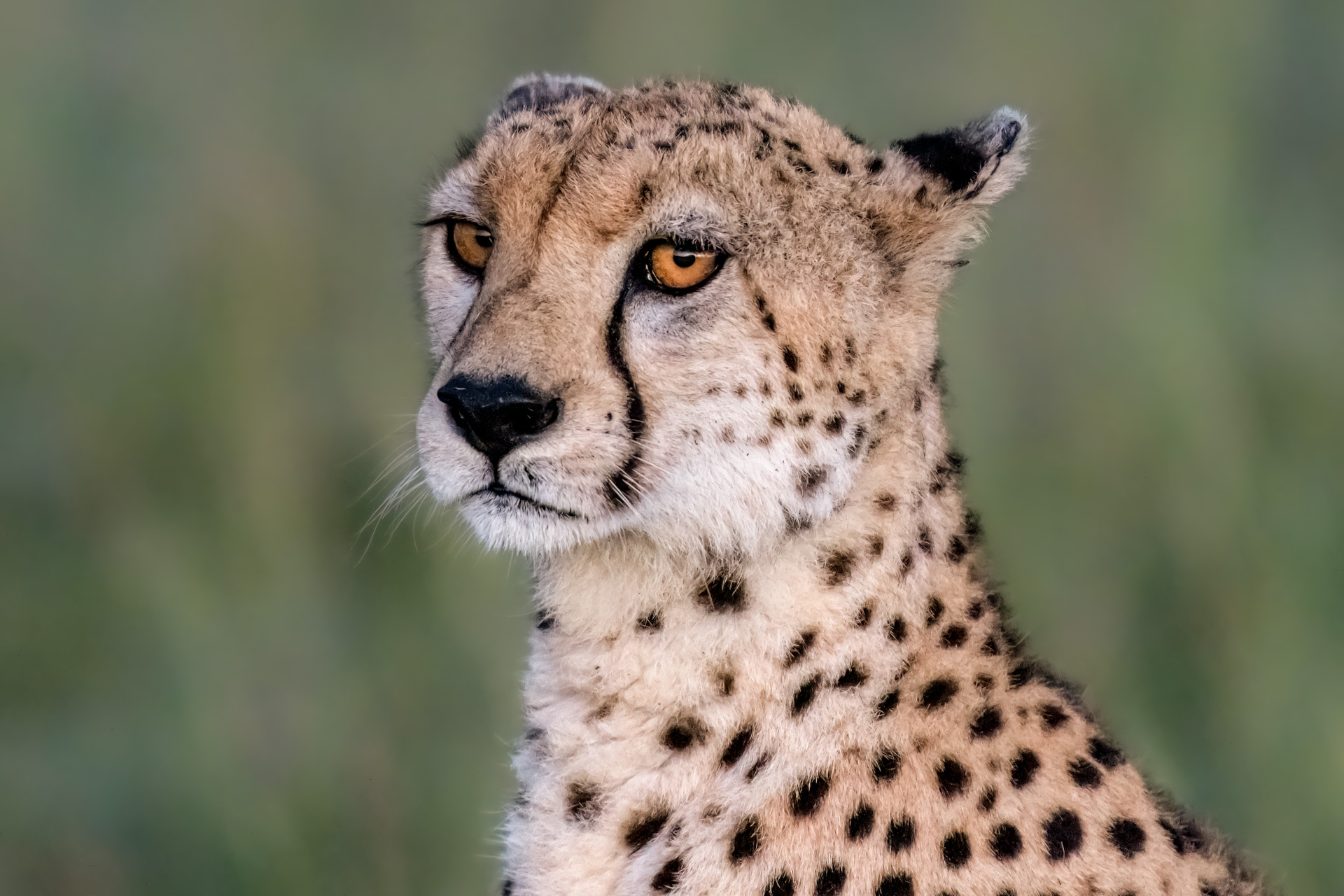
With the rains, we continue to see a plethora of birds, everything from the loud hadeda ibis to much larger fowl. This week, we came across a group of ostriches in some freshly burnt grass. This creature is not only the largest living bird but the fastest bi-pedal animal in the world.
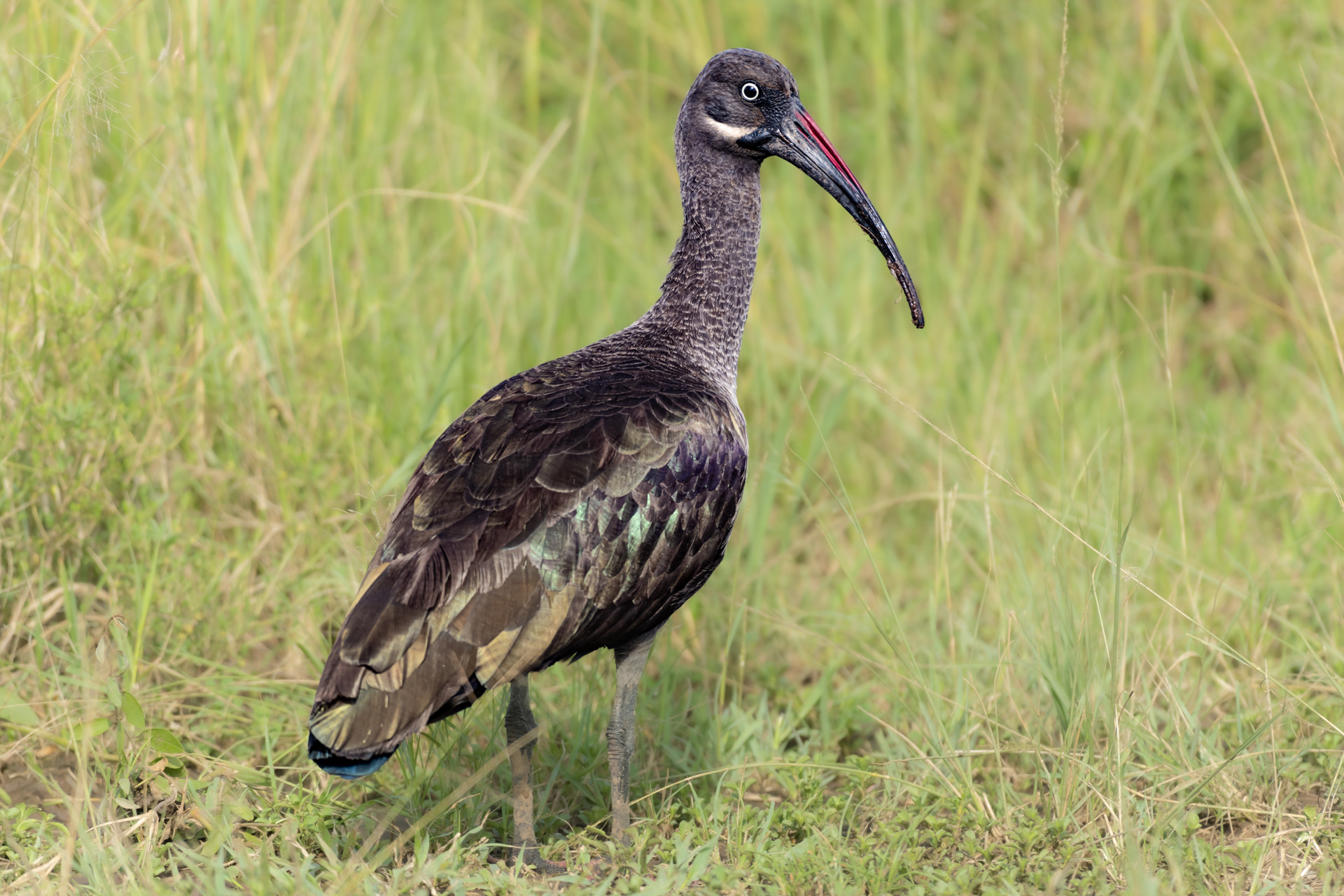
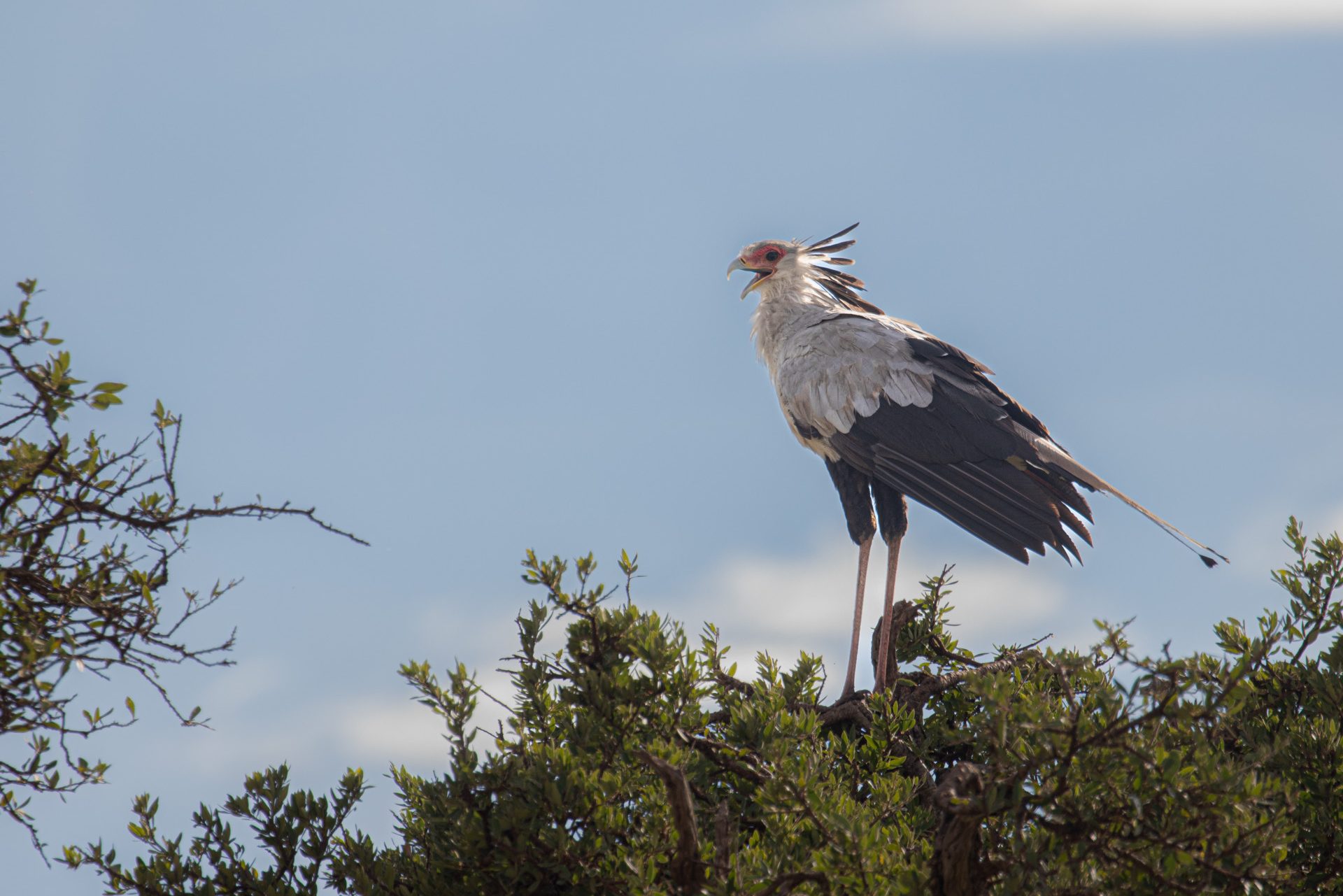

Last week, I spent some time with the team over at the Mara Hyena Project who invited me on a follow-up research drive. We found Silver Nugget, aka 'Snug', the matriarch of South Clan who was injured by two lions a few months ago but is healing well. She was resting on a mound and were able to get quite close; you could see she had been through some battles. The matriarch of a hyena clan is the highest-ranking in the group responsible for leading and managing the clan’s social structure and ensuring the clan’s needs are met. Things like where to hunt, where to den and when to move are all decided by her as she is often the most experienced — and therefore well respected by all the members of the clan.


A young martial eagle took off with its mongoose prey this time last year. The spots developing on his chest indicate that this bird is around six or seven years old (now, plus one).
Filed under: This Week at Angama
Subscribe for Weekly Stories
Comments (0):
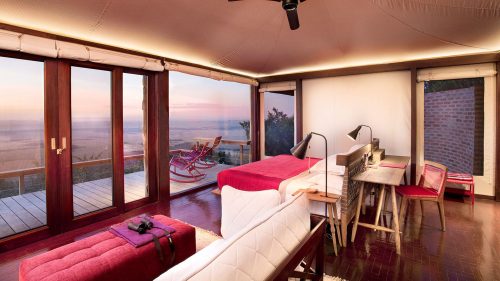
Tented Suites